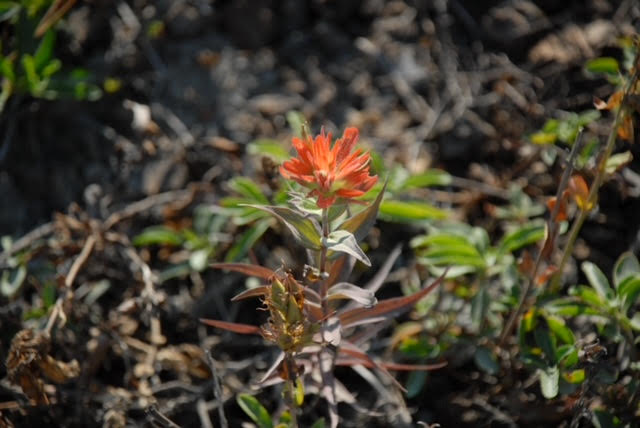Beginning in the 1890’s several groups attempted to create a national park or a national recreation area in the North Cascades. These efforts focused at times on the area around Lake Chelan, Glacier Peak, or Mount Baker. While efforts didn’t go across the finish line until 1968, early attempts belied different reasons to create a park – and at times these attempts fluttered in economic winds.
Prior to the establishment of the National Park service, the United States had few national parks. Early national parks such as Yellowstone were scenic yet remote.
In Crown Jewel Wilderness, Lauren Danner writes:
“At the time, the national parks were few and the national park concept was malleable. Yet early parks shared certain commonalities. Congress established them in exceptionally scenic lands deemed to have no commercial value except that derivable from public enjoyment through tourism.”
This economic debate played out. At times, the communities surrounding the mountains of the North Cascades wanted a park to protect the land – and maybe even become a paradise for recreation. At other times, communities demanded that extractive industries can the resources throughout the area – in turn, bringing jobs and economic benefits to the local communities.
In a book written on the history of the movement toward a National Park in the North Cascades, David Louter writes:
The history of the park's establishment evolved through three periods. The first was the Progressive era, from the 1890s to the 1920s, when the idea for a national park emerged during the conservation movement and was defeated as the rift between utilitarian and preservation interests grew. The next phase was the Depression and New Deal era when the National Park Service submitted the first formal proposal for a national park in the North Cascades only to see it crushed by well-organized opposition during the height of controversy revolving around the establishment of Olympic National Park (1938). The final stage of the park's establishment history came in the aftermath of World War II and the rise of modern environmentalism. This era, charged with political activism and a groundswell of public support for wilderness preservation, saw the creation of North Cascades National Park -- but only after considerable compromise among a diverse group of interests, in particular the long-standing rivalry between the Park Service and United States Forest Service. Attesting to the controversy surrounding the park's establishment, Congress ultimately created the park "complex" composed of a national park, divided into northern and southern units, and two national recreation areas. The park's existence, in the end, attests to the value Americans invested in wilderness as well as the political realities involved in its preservation.”
In the 1890’s the initial focus was on the creation of a National Park at the head of Lake Chelan. At the same time, miners were finding mineral deposits throughout the region. Outside of an eventual mine at Holden on the Railroad Creek Valley, none of the deposits on the primary river drainages ever become large operations. Given the rugged nature of the landscape, and the difficulty to access mineral deposits, mining was a costly business in the region.
As a result of this, some in the region realized that a national park might be just the ticket to bring an economic boom into the region. Louter writes:
“They did not advocate just any brand of tasteless entertainment, but tourism based on a close and somewhat comfortable encounter with nature. By the turn of the century, some had seized the opportunity to provide more elaborate accommodations for lodging, such as the elegant Field Hotel at the head of Lake Chelan, to cater to the tourists and travelers who at first shared space with, and later outnumbered, miners making their way to this impressive mountain district. The period's upper-class tourists were drawn to the spectacular scenery of mountains, forests, lakes, rivers, and waterfalls; they also wanted to experience the region's renowned fishing and hunting, and climb and explore its peaks, alpine meadows, and valleys by foot or horseback. [3] Their presence here also represented a growing interest in outdoor recreation and mirrored a national "back to nature"; movement at the turn of the century when more Americans, faced with a new, urban-industrial society, sought relief for the body and soul in closer contact with wild lands.”








